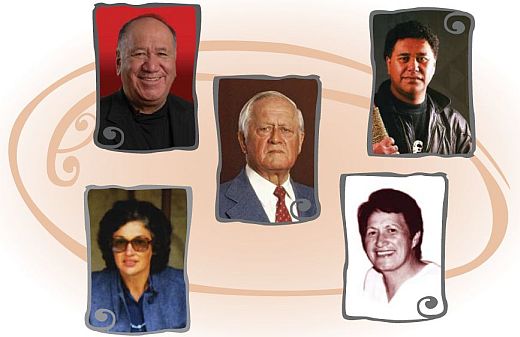Te Aho Arataki Marau mō te Ako i Te Reo Māori - Kura Auraki
Curriculum Guidelines for Teaching and Learning Te Reo Māori in English-medium Schools: Years 1-13
Curriculum guidelines 521 PDF (PDF, 4 MB)
Page navigation:
Te whakapakari i ngā pūkenga matua
Developing the key competencies
The New Zealand Curriculum identifies five key competencies that people need in order to participate successfully in the community. They are:
- thinking
- using language, symbols and texts
- managing self
- relating to others
- participating and contributing.
Students who are learning te reo Māori develop these competencies as they participate in meaningful social interaction. The competencies develop in a holistic way throughout the learning process. For example, as students negotiate the meaning of language, symbols, and text in te reo Māori, they use metacognitive processes to think about what they are learning and to manage the learning process. They interact with their teacher and fellow students, learning to use language to relate effectively to other people in a context of care and respect. As they learn, they participate in a community of learners, and enhance their ability to contribute to the wider community. Their self-management skills develop as they actively seek opportunities to practise their language beyond the classroom and become more aware of the assumptions that are part of their own cultural identities.
Teachers may like to consider exploring Māori concepts such as tā taritanga, rangatiratanga, whakawhanaungatanga, whaiwāhitanga, and manaakitanga with their students. It is useful to relate such learning to real-life stories about actual people to illustrate the power of these qualities and competencies.


